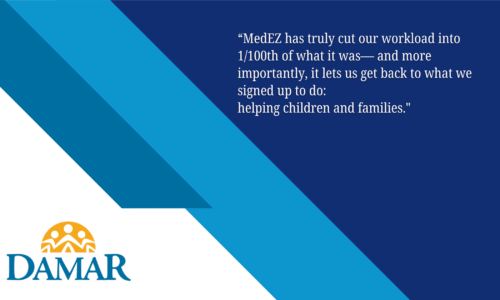The US is infamous for their opioid crisis, and Statista reports that nearly half of all American adults in 2017 see it as a serious public health matter and the worst drug crisis the country has ever seen. Opioids include prescription painkillers which came to prominence due to irresponsible marketing campaigns by pharmaceutical companies, overprescribed painkillers, and the failure of medical professionals to communicate the possible dangers these drugs pose. The death toll rose to around 47,600 in that same year.
Drug monitoring programs, stricter regulations imposed on doctors, and more transparency have become more stringent in recent years. Among the aforementioned developments includes the SUPPORT for Patients and Communities Act signed into law in 2018, which covers provisions for research on alternatives for non-addictive pain management. Previously, EHR Technology was discussed in relation to managing the opioid crisis. In line with this, here are some other alternatives to opioids for pain management:
Acupuncture
Acupuncture is an older alternative medicine practice from traditional Chinese medicine. The stimulation of certain points in the body with thin needles balances energy flow throughout the body’s pathways. It’s believed that this boosts the stimulation of your body’s natural painkillers. The Centers for Medicare & Medicaid Service has recently announced that Medicare will include coverage for acupuncture for patients with chronic back pain.
CBD Oil
The medical properties of CBD have long been discussed as viable alternatives to traditional painkillers as it helps the body adapt to external stressors. On top of this, CBD oil benefits list some more of its benefits –– ranging from alleviating anxiety to improving your mood and sleep. It’s safe to use for almost everyone, but you should check with your doctor just to be sure, especially if you are pregnant or on any other medication.
Nerve Blocks
For patients undergoing surgery and recovering from trauma, continuous peripheral nerve block catheters are now highly recommended for their cost-effectiveness and precision. Local anesthetic applied via catheter blocks groups of nerves from feeling pain. Future Market Insights reports that the market for this catheter is projected to hit $742.7 million by 2027.
Neuromodulation
Neuromodulation involves implanting a device that administers controlled amounts of electricity into the nervous system to mitigate pain for certain diagnoses. While surgery to install the device is costly, Medtech 360 reports that 223,000 devices are likely to be sold by 2027. It has been proven to be an effective and scientifically-sound substitute for pain management.
Virtual Reality Therapy
Virtual reality has become a tool for patients experiencing minor and chronic pain. Patients are fully immersed in a multi-sensory experience which prevents them from processing any sensations of pain. Director of pediatric pain management at the Children’s Hospital in LA Jeffrey I. Gold claims state that it’s much more than a distraction, as it’s an endogenous narcotic which distributes a physiological and chemical burst causing patients to feel good.
While there is certainly a long way to go to fully eradicate the opioid crisis, developments in medicine and technology, plus the revival of old techniques are working together to get us there. It is with great hope that these alternatives restore lives instead of inducing deaths the way opioids have.
Prepared by J. Buchan for medez.com



